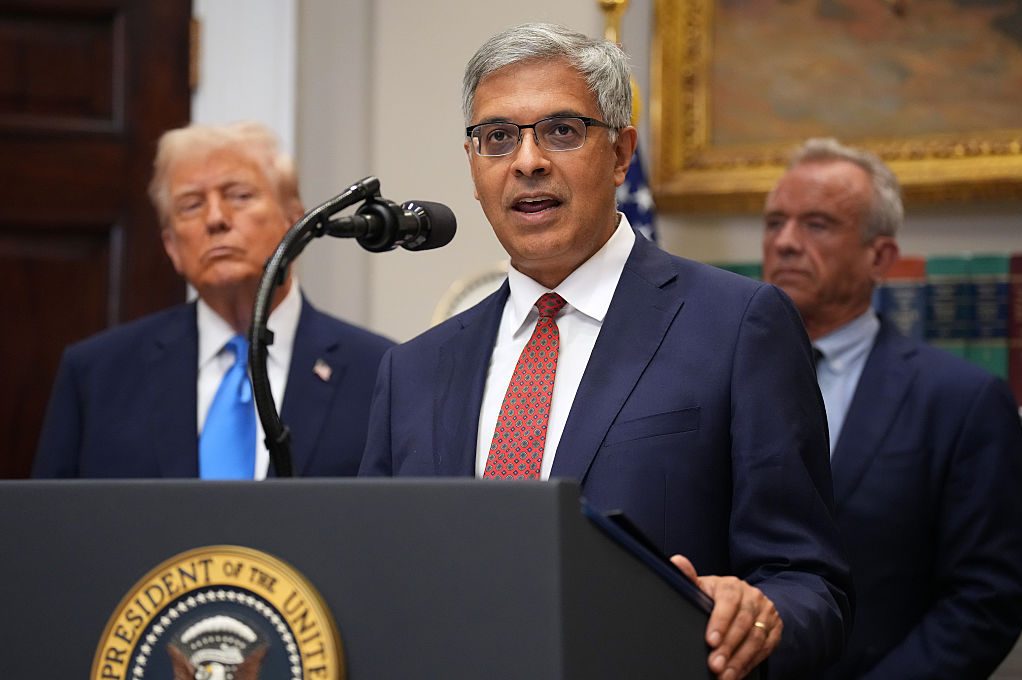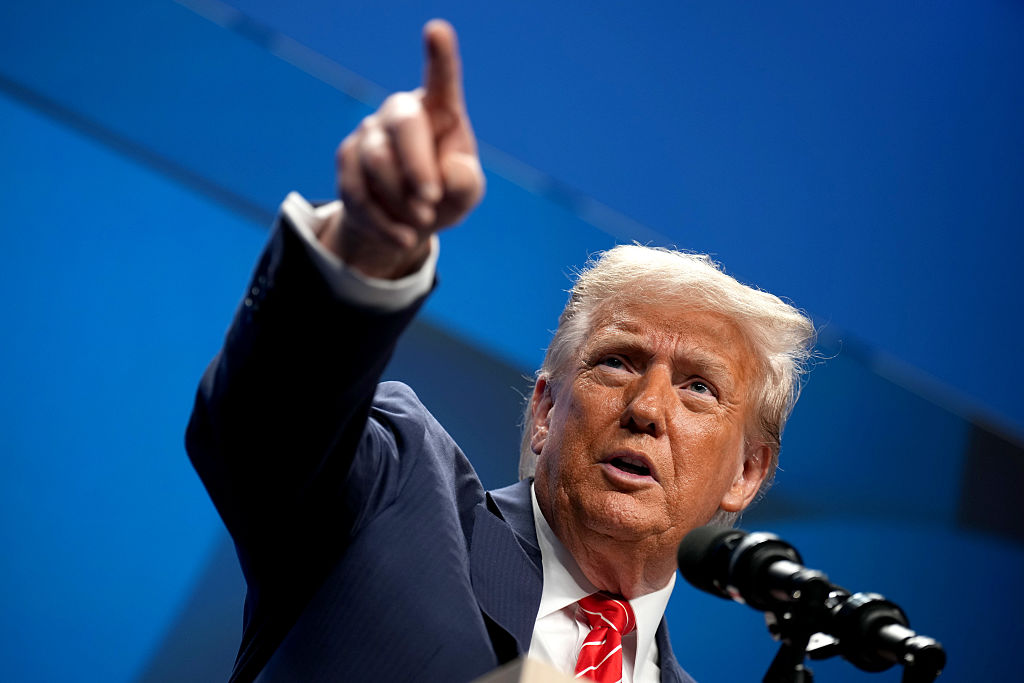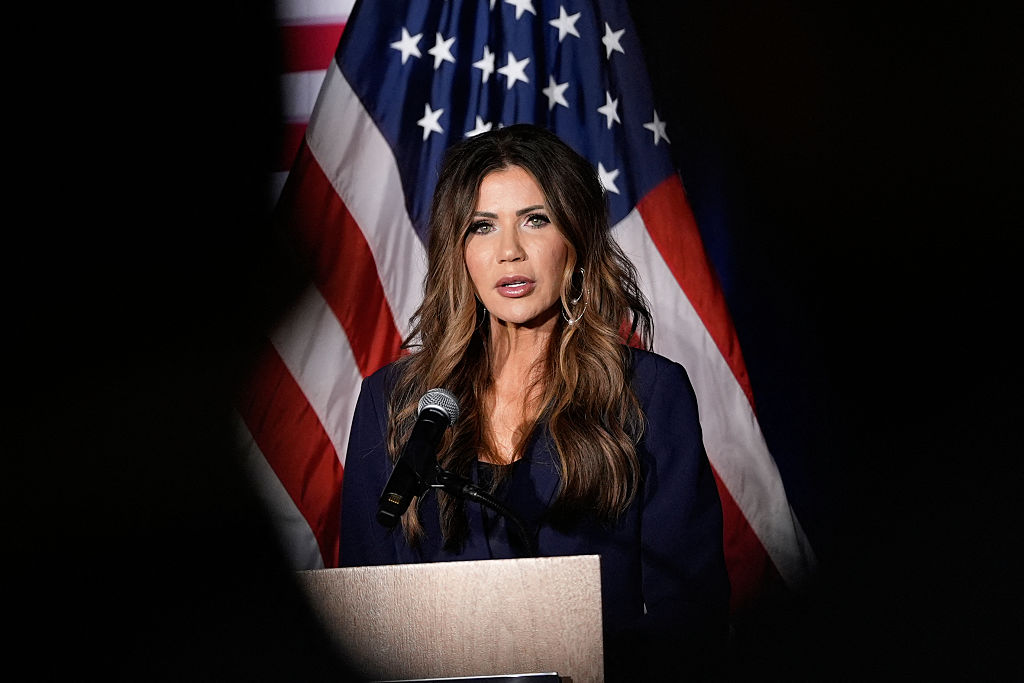Welcome to Thunderdome and Happy Halloween — where this scary, chaotic, insane election season is finally coming to a close. You can hear my take on where things stand here. Election Day should come as a moment of relief to finally have some resolution. Instead, many voters worried about what comes next resemble nothing so much as Douglas Adams’s infamous bowl of petunias, falling rapidly out of the sky: “Oh no, not again.”
Why do they feel that way? Well, because when you look around the scene, the biggest questions about potential voter fraud and counting screw-ups happen to be in the single most important state this cycle: Pennsylvania, where the Trump camp is already shouting about appearances of problems and local officials (including the Republican secretary of state) are denying them. The whole thing has shades of Georgia from last time around already, with local GOP types defending a system shot through with questionable rules and clunky early-voting standards, leading to long lines, dismissal by legacy media and generally increased paranoia.
Why should we care about these latent developments headed into Election Day? Well, because of the level of doubts created so easily by bad actors and incompetent officials:
Ballot boxes in Washington State and Oregon were set alight within hours of each other on October 27, damaging hundreds of voter slips. Incendiary devices were set off at both ballot drop boxes, located just miles apart, with one official calling it a “direct attack on democracy.”
Footage of the blaze in Vancouver, Washington, showed hundreds of ballots reduced to ashes after a fire suppression system failed to activate, officials said. Three were destroyed in Portland after the safety mechanism kicked into gear.
Police said they have identified a “suspect vehicle” connected to both blazes. The motive remains unclear, but one law enforcement official told NBC that the incendiary devices were marked “Free Gaza.”
Boxes containing hundreds of votes landed in the street after toppling from a moving truck in Florida on October 28, election department officials said. An employee in Florida’s largest county, Miami-Dade, forgot to lock the back of their truck, causing containers holding ballots to fall out, the local elections department said.
That’s before we get to any of the technological issues, like this horrible-looking password-exposing botch by the office of Colorado’s secretary of state, who probably should’ve spent more time focused on security than on getting a total loss at the Supreme Court trying to get Trump off the ballot (she cried about it on MSNBC after). Or the bizarre attempt, rebutted by that same court, to block Virginia from culling its voter rolls of those who had already personally admitted they aren’t citizens. And of course, if it isn’t Pennsylvania, we could be following all those weird X accounts focused on Maricopa County. The whole thing looks like everyone’s already collecting their threads for if and when things go sideways.
And what are we talking about in the closing moments? Oh, all the things we expected way back when we started: why Donald Trump is in a garbage truck and why half the American electorate won’t give “grace” to President Biden for calling them “garbage,” all because America’s most prominent insult comic behaved like one to open a Trump rally, telling a joke which the most important interviewer of the cycle, a former host of Fear Factor, advised him against. We’re talking about the betrayal of Jeff Bezos, and all the other media figures who decided not to their duty and endorse Kamala Harris with a full-throated defense of her dubious and utterly unestablished ability to lead. And if you’re Tim Walz, you’re talking about the importance of having free access to porn, as a very normal vice presidential candidate does.
Give thanks for this at least: as silly as this election season has been, as dangerous and chaotic, it does as all elections do (excepting Stacey Abrams and Kari Lake) eventually end. Let’s hope and pray for America, unsteady as she is at times, to handle this as well as possible. And please, can we figure out who the next president is by this time next week? I need a vacation.
You really can’t tell who’s winning
In the RealClearPolitics average of national polls, six of the nine most recent polls are tied, or the candidates are separated by a single percentage point. The results in the swing states are similar. In five of the seven swing states, including here in Pennsylvania, the two candidates are separated by one point or less. So, the poll numbers of a tied race confirm one’s observations and vice versa.
A lot of Republicans would not buy that argument. Last Friday’s newsletter, “Republican irrational exuberance?” explored the fact that many Republicans believe Trump has the election in the bag and that it might not even be close. Yes, there are signs that the race shifted a little in Trump’s favor about three weeks ago. On Thursday, after trailing for a long time, Trump has a tiny lead, 0.4 points, in the aforementioned RealClearPolitics average of polls. That is an inconsequential advantage, but when Republicans look at where Trump stood at this moment in both 2016, when he was 1.3 points behind Hillary Clinton, and 2020, when he was 7.4 points behind Joe Biden, they find cause for optimism.
Still, it’s tied. And just looking around will show you an intensity on Harris’s side that appears to match the intensity on Trump’s. The crowd she drew for her “closing argument” speech in Washington, DC was huge. Even if her campaign’s estimates of 75,000 were exaggerated, it appears she drew at least 60,000 people. Yes, it was in the core of one of the bluest areas in America. In 2020, Biden won the District of Columbia with 93 percent of the vote, which is approaching North Korean standards. The city’s surrounding suburbs are also very blue. Still, getting 60,000 people to show up is a significant sign of intensity. It did not have the measure of audacity and showmanship of Trump’s event at Madison Square Garden, in super-blue Manhattan, but no one should ignore the fact that Harris drew such a massive crowd.
How high will turnout be?
The turnout forecasts are fairly simple. They’re based on longstanding polling from Gallup and Pew that ask voters how enthusiastic they are compared to previous elections, plus some relatively detailed estimates of population growth in each state. The final factor is the closeness of each state: other factors held equal, voters turn out more when they think their vote matters. Gallup just published new enthusiasm numbers today, in fact, and they are high, particularly among Democrats.
On this basis, our formula predicts a total turnout of 155.3 million, with an 80 percent confidence interval between 148.2 million and 162.5 million. That midpoint is just slightly lower than the 158.7 million votes in 2020, but is much higher than the 137.1 million voters who turned out in 2016 or in any previous election.
Is lagging black vote a warning for Harris?
Politico on the numbers in North Carolina.
Early vote numbers in North Carolina show the electorate skewing older and whiter, compared to the state’s voter registration, a red flag for Democrats who need black voters to turn out in heavy numbers if Kamala Harris is going to flip this state.
As of Wednesday, black voters make up 18 percent of the electorate in early voting, and some Democratic operatives said they must bump that up to about 20 percent for Harris to be competitive statewide. In 2020, black voters were 19 percent of the electorate, when Donald Trump narrowly won the state. And Democrats acknowledge that without a swing in their favor in the last days of early voting or on Election Day, it may not be good enough.
About 36,000 more African Americans had voted in-person by this point in 2020 than in 2024, and “that gap has to be closed among African Americans for Democrats to win,” said Thomas Mills, a Democratic strategist in the state.
While acknowledging the Black vote is “lagging,” former representative G.K. Butterfield, who retired from his rural, eastern North Carolina seat in 2022, said he believes Democrats will close the gap, predicting “this week is going to be impressive” for African-American turnout.
One more thing
The Spectator will be covering election night from multiple corners. I’ll be on Fox News and radio regularly for the evening, and we’ll have regular updates throughout the night at thespectator.com. For the UK. perspective, you can find the YouTube channel from across the pond here, and we’ll have after action analysis and new podcasts throughout the week. It’s been a pleasure to ride along with you for this cycle at Thunderdome, and as we draw to a close, thank you for your readership, and be sure to subscribe to the magazine today!


























Leave a Reply